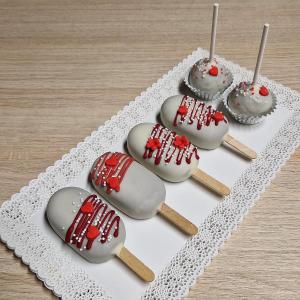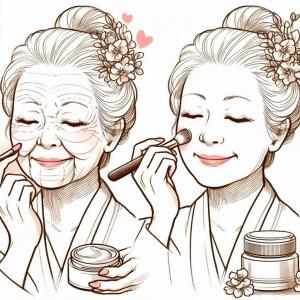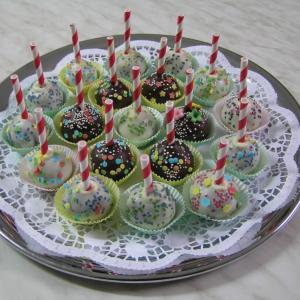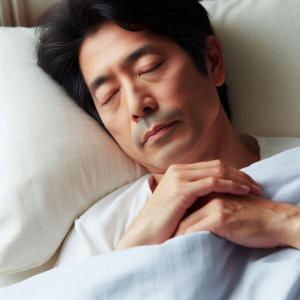
1. Overview of Hair Transplantation
Hair transplantation is a surgical procedure that moves hair follicles from a part of the body (donor site) to a bald or balding part of the body (recipient site). This minimally invasive procedure is primarily used to treat male pattern baldness but can also address hair thinning in women and restore hair in areas such as the eyebrows, eyelashes, and beard.
2. Types of Hair Transplant Techniques
-
Follicular Unit Transplantation (FUT)
-
Also known as the strip method.
-
Involves removing a strip of skin from the donor area, usually the back of the scalp.
-
The strip is dissected into individual follicular units which are then implanted into the balding area.
-
Leaves a linear scar at the donor site.
-
-
Follicular Unit Extraction (FUE)
-
Individual hair follicles are harvested directly from the donor area.
-
No linear scar; leaves tiny dot scars which are less noticeable.
-
Suitable for those who prefer short hairstyles.
-
-
Direct Hair Implantation (DHI)
-
A form of FUE but uses a specialized pen tool for implantation.
-
Allows for more precise placement and angle control.
-
-
Robotic Hair Transplantation
-
Utilizes advanced robotics to assist in harvesting follicles with precision.
-
Often reduces the time and improves the accuracy of the procedure.
-
3. Ideal Candidates for Hair Transplant
-
Adults with pattern baldness or thinning hair.
-
Individuals with adequate donor hair.
-
Those with realistic expectations regarding the outcome.
4. Pre-Procedure Considerations
-
Consultation: Comprehensive assessment of hair loss pattern and overall health.
-
Medical History: Review of medical history and current medications.
-
Scalp Analysis: Analysis of scalp condition and hair density in the donor area.
-
Pre-Procedure Instructions: Guidance on avoiding certain medications, smoking, and alcohol.
5. Procedure Steps
-
Preparation: Scalp cleaning and local anesthesia application.
-
Harvesting: Extraction of hair follicles using FUT or FUE.
-
Graft Preparation: Dissection and preparation of grafts.
-
Recipient Site Creation: Creating tiny incisions or recipient sites.
-
Graft Placement: Insertion of hair follicles into the recipient sites.
-
Post-Procedure Care: Instructions for care, medications, and follow-up.
6. Post-Procedure Care
-
Medications: Prescribed antibiotics and pain medications.
-
Cleaning: Guidelines for gentle scalp cleaning.
-
Activity: Restrictions on strenuous activities and direct sun exposure.
-
Monitoring: Regular follow-up appointments to monitor healing and growth.
7. Recovery and Results
-
Initial Shedding: Transplanted hair may fall out within 2-3 weeks.
-
Growth Phase: New hair growth typically starts around 3-4 months.
-
Full Results: Expected within 12-18 months, with natural-looking hair growth.
8. Risks and Complications
-
Infection: Rare but can occur if post-operative care is not followed.
-
Scarring: FUT can leave a linear scar; FUE results in minimal scarring.
-
Shock Loss: Temporary loss of existing hair in the recipient area.
-
Unsatisfactory Results: May require additional procedures for desired density.
9. Factors Influencing Success
-
Skill of Surgeon: Experience and technique play crucial roles.
-
Donor Hair Quality: Density and health of donor hair impact results.
-
Patient Factors: Age, health, and adherence to post-operative care.
10. Costs and Financing
-
Cost Range: Varies based on the clinic, technique, and extent of transplantation.
-
Financing Options: Many clinics offer payment plans or financing options.
11. Choosing the Best Clinic
-
Reputation: Research reviews, testimonials, and before-after photos.
-
Accreditation: Ensure the clinic is accredited by relevant medical boards.
-
Surgeon's Credentials: Verify the surgeon’s training, experience, and certifications.
-
Technology and Techniques: Up-to-date technology and techniques are essential.
-
Patient Support: Comprehensive pre- and post-operative support.
12. Top Clinics for Hair Transplantation
-
North America
-
Bernstein Medical (New York, USA): Known for pioneering hair restoration techniques.
-
Bosley (Various locations, USA): Offers a range of hair restoration services.
-
Hasson & Wong (Vancouver, Canada): Renowned for natural-looking results.
-
-
Europe
-
Farjo Hair Institute (Manchester, UK): Offers advanced hair transplant techniques.
-
HLC Hairline Clinic (Ankara, Turkey): Famous for high-quality FUE transplants.
-
Dr. Cinik Hair Hospital (Istanbul, Turkey): Popular for affordable packages.
-
-
Asia
-
Medispa Hair Transplant Clinic (Delhi, India): Provides comprehensive hair restoration services.
-
Dr. Kim's Hair Transplant Clinic (Seoul, South Korea): Known for innovative techniques and results.
-
-
Middle East
-
DHI Global (Dubai, UAE): Offers direct hair implantation with international standards.
-
Cosmesurge (Dubai, UAE): Known for high-quality cosmetic and hair restoration services.
-
References for Further Reading
Conclusion
Hair transplantation is a viable solution for those experiencing hair loss. With advancements in techniques and technology, achieving natural-looking results is more accessible. Choosing the right clinic and following post-procedure care are crucial for success.










